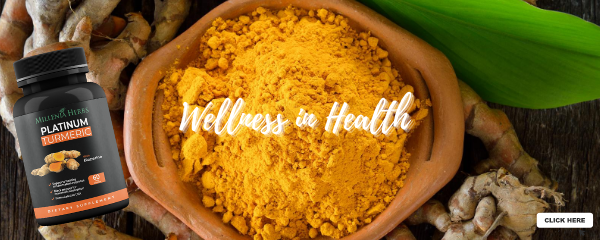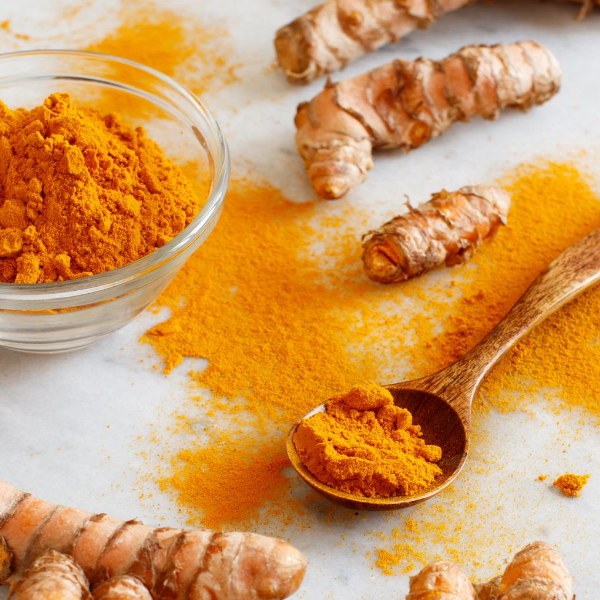Turmeric is a versatile spice, one that’s used in different spice blends around the world (think curry powder) and which has a reputation for being one of the healthiest spices out there. But if you’ve ever gone to pick up the capsule version of turmeric to use medicinally, you may have found yourself with a bottle of curcumin instead, or with a bottle of turmeric that says it includes curcumin, making you wonder — what exactly is the difference between curcumin and turmeric?
Curcumin is actually a chemical compound that’s derived from turmeric. It’s kind of confusing because the scientific name of turmeric is Curcuma longa, but what you should remember is that while all turmeric contains curcumin, curcumin is simply a component of turmeric. It is also a powerful antioxidant and is the most active and healthful element in turmeric. Curcumin is an anti-inflammatory, and in some lab tests, it has even been found to be effective in reducing the size of tumors, helping protect against high cholesterol and diabetes, and more.
For starters, the easiest thing to remember is that turmeric is an ingredient used in food, either in its fresh root form or in its powdered spice form, and that can also be used medicinally, while curcumin is generally reserved for the medicine cabinet. That being said, the two are very closely related.

What is turmeric used in?
If you’re interested in adding turmeric to your diet, you’re lucky – it’s a very versatile spice. There are a number of savory ways to use turmeric in your cooking. Just make sure to combine it with black pepper, which will make the curcumin found in turmeric more bioavailable.
Turmeric can be added to rices, stews, curries, and soups. You can add it to spice rubs used on roasted and grilled meats, or add it to a pan of roasted veggies to give them a subtle flavor and a warm golden flavor. Look to Indian and Caribbean recipes if you need more inspiration — turmeric is often used in those cuisines.
If you want to get the most nutrients out of turmeric, you’re best off opting for fresh turmeric root, which you can often find at Indian and Caribbean grocery stores, or specialty markets like Whole Foods. Fresh turmeric root is more easily absorbed by the body, which helps you get the most out of its health benefits
However, dried turmeric is a good option for those who can’t get their hands on fresh turmeric root, or who want something with a longer shelf life. For best results, get dried turmeric from a specialty spice shop, which tends to offer fresher products than what you get at the grocery store
The best ways to cook with turmeric
- Add it to eggs
- Turmeric meat rub
- Golden milk
- Turmeric tea
- Add it to grains/soups/nuts
- Blend it into salad dressing
- Use it to season root veggies
- Add it to greens
- Juices and smoothies
- Pair it with avocado
Turmeric and especially its most active compound curcumin have many scientifically-proven health benefits, such as the potential to prevent heart disease, Alzheimer’s and cancer. It’s a potent anti-inflammatory and antioxidant and may also help improve symptoms of depression and arthritis. You can also take turmeric/curcumin supplement to achieve the same results. Just 2 capsules per day!


